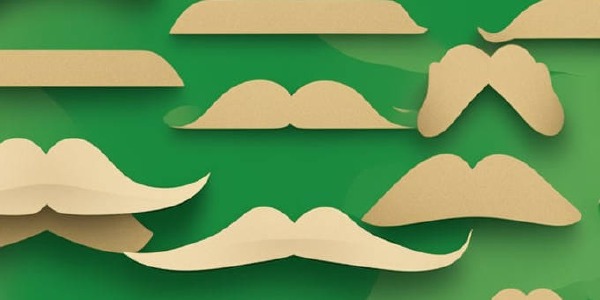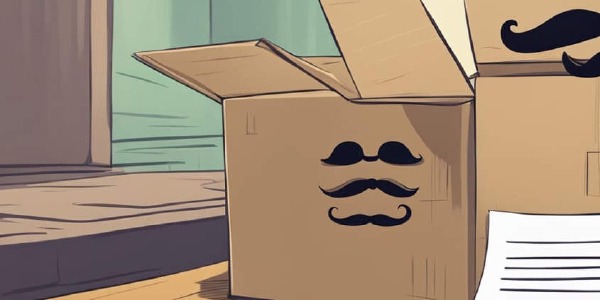Cardboard Mustaches and the Art of Upcycling
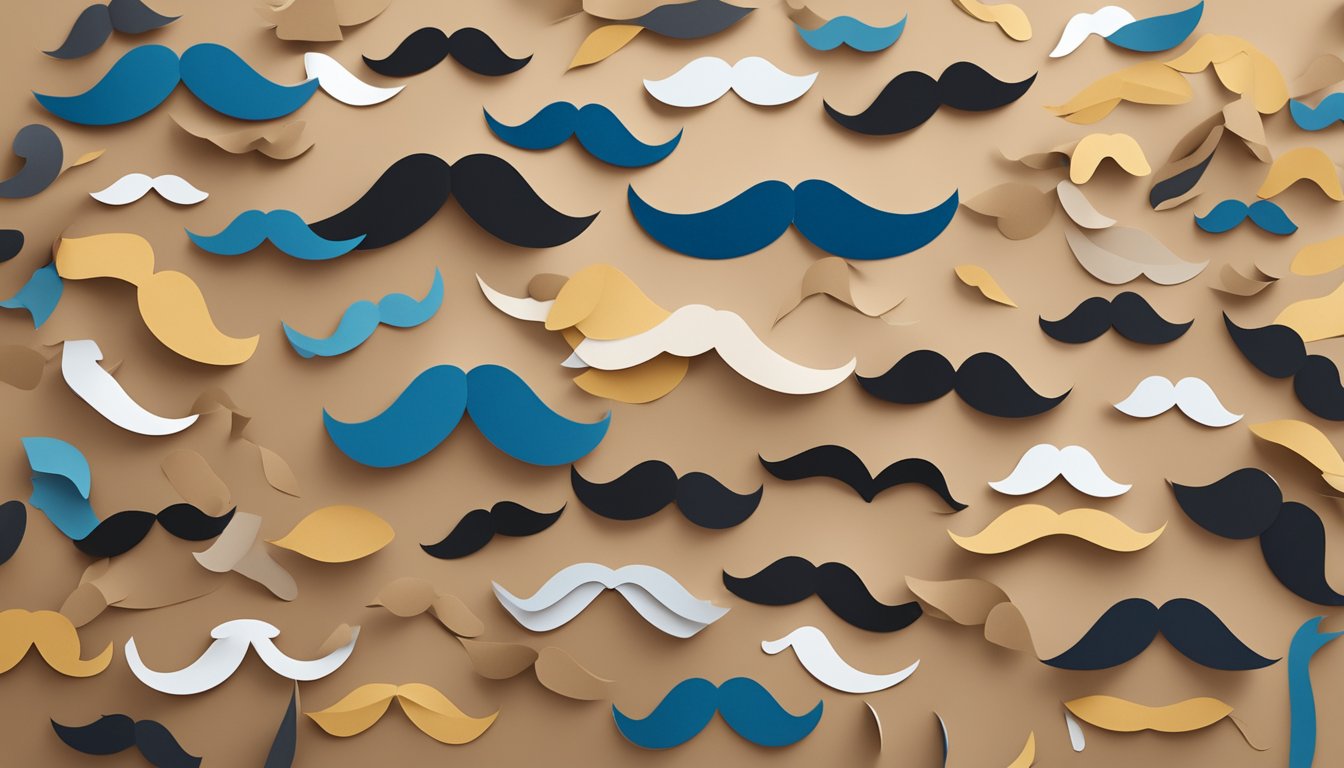
Upcycling has become a popular trend in recent years as people look for creative ways to reduce waste and reuse materials.
One quirky accessory that has emerged from this movement is the cardboard mustache. These whimsical facial adornments are made from recycled cardboard and offer a fun and eco-friendly way to express oneself.
While cardboard mustaches may seem like a silly novelty item, they actually have a deeper meaning.
Upcycling is all about finding new uses for old materials and reducing waste, and cardboard mustaches embody this philosophy. By transforming something as simple as a cardboard box into a playful and unique accessory, individuals can express their creativity while also promoting sustainability.
In addition to being environmentally friendly, cardboard mustaches are also a great way to add some personality to an outfit or event.
Whether you’re attending a costume party or just want to add some flair to your everyday look, a cardboard mustache is a fun and unexpected accessory. With a variety of shapes and designs to choose from, there’s a cardboard mustache out there for everyone.
The Rise of Upcycling

Upcycling is a practice that has been gaining popularity in recent years. It is the process of taking waste materials and transforming them into something of higher value. This practice has gained momentum as a response to the growing concerns over sustainability and environmental impact.
Understanding Upcycling
Upcycling is different from recycling in that it involves taking waste materials and transforming them into something of higher value, rather than breaking them down into their basic components for reuse. This process often involves creativity and ingenuity, as waste materials are repurposed into new and useful products.
Benefits of Upcycling
There are many benefits to upcycling. One of the most significant is that it helps to reduce waste and conserve resources.
By repurposing waste materials, upcycling reduces the amount of waste that ends up in landfills, thus reducing the environmental impact of waste disposal.
Upcycling is also a thrifty practice, as it allows individuals to create new and useful products from materials that might otherwise be thrown away. This can help individuals save money on materials, while also reducing their environmental impact.
Additionally, upcycling can be a fun and creative process. It allows individuals to express their creativity and create unique and personalized products.
Materials commonly used in upcycling include cardboard, paper, wood, fabric, glass, plastic, and metal. Cardboard, in particular, has become a popular material for upcycling due to its versatility and availability.
Cardboard as a Material
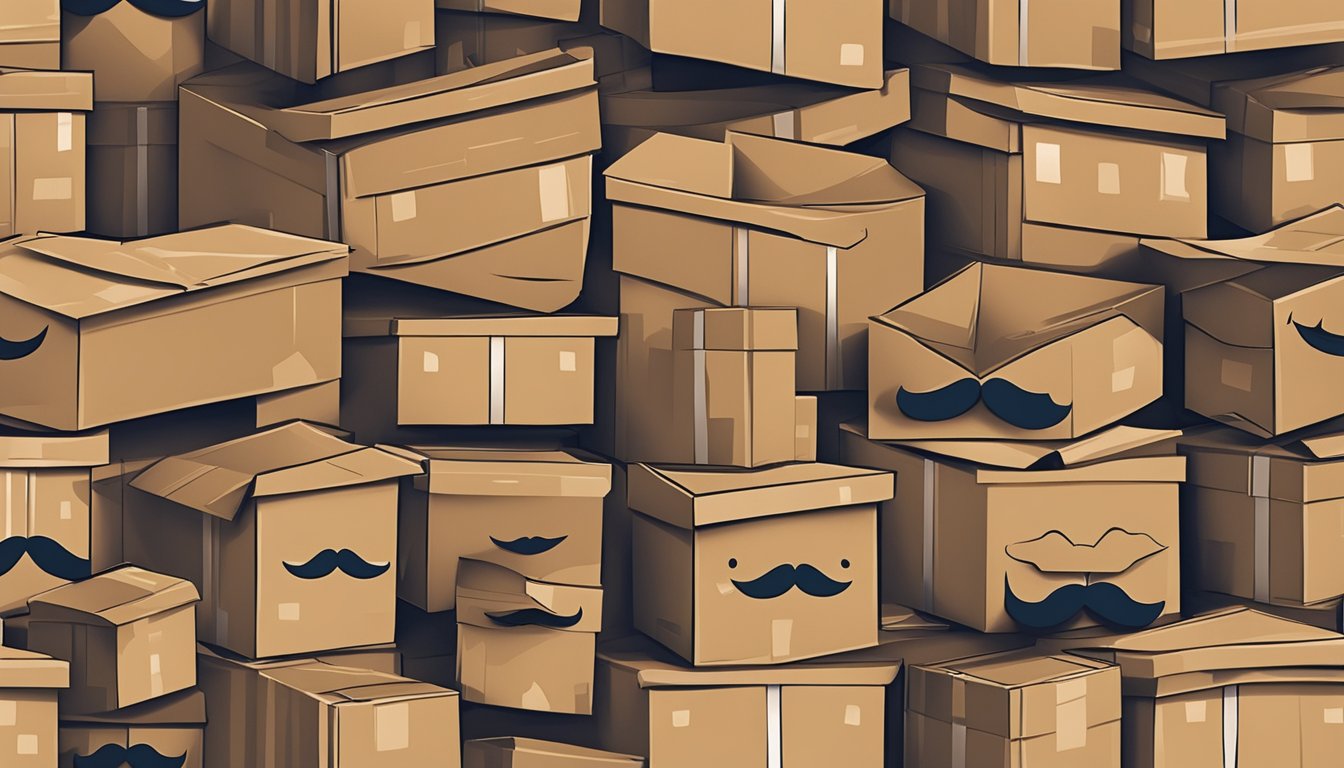
Cardboard is a versatile material that has been used for a variety of purposes for many years. From packaging to creating art, cardboard has proven to be a reliable and cost-effective option. Upcycling cardboard into mustaches is not only fun, but it also helps reduce waste and promotes sustainability.
Properties of Cardboard
Cardboard is a type of paper that is thicker and stronger than regular paper. It is made by layering sheets of paper together and pressing them into a sturdy and durable material.
Cardboard is known for its strength and lightweight, making it an excellent material for packaging and shipping. It is also easy to cut, fold, and shape, making it a popular choice for crafting and DIY projects.
Sourcing Cardboard
There are many ways to source cardboard for upcycling projects. One of the easiest ways is to reuse cardboard boxes from packages received in the mail. These boxes are often sturdy and can be cut and shaped into various designs.
Thrift stores and yard sales are also great places to find cardboard materials. Many stores and businesses also discard cardboard packaging, which can be repurposed for upcycling projects.
Designing with Cardboard

Cardboard is a versatile and eco-friendly material that can be used for a variety of creative projects. From cardboard art to cardboard fashion, the possibilities are endless. In this section, we will explore two ways to design with cardboard: cardboard in art and cardboard in fashion.
Cardboard in Art
Cardboard art is a unique form of art that utilizes cardboard as the primary medium. Artists can create sculptures, paintings, and installations with cardboard.
Cardboard art is not only affordable but also eco-friendly, making it a popular choice among artists who want to create art with a conscience.
Many artists have used cardboard to create stunning sculptures. The cardboard can be cut, folded, and glued together to create intricate designs. Some artists even use cardboard to create life-size sculptures of people and animals. Cardboard art is an excellent way to showcase creative vision and environmental awareness.
Cardboard in Fashion
Cardboard is also a popular material in the fashion industry. Designers can create unique and stylish costumes with cardboard.
The cardboard can be cut, folded, and painted to create a variety of styles and designs. Cardboard fashion is not only fun but also affordable, making it a popular choice for costume parties and events.
Cardboard fashion is also an excellent way to promote sustainability in the fashion industry. By using cardboard, designers can create stylish and unique costumes while reducing their carbon footprint.
In conclusion, designing with cardboard is a fun and creative way to showcase artistic vision and promote sustainability. Whether you are creating cardboard art or cardboard fashion, the possibilities are endless. So, grab some cardboard, get creative, and start designing!
Creating Cardboard Mustaches
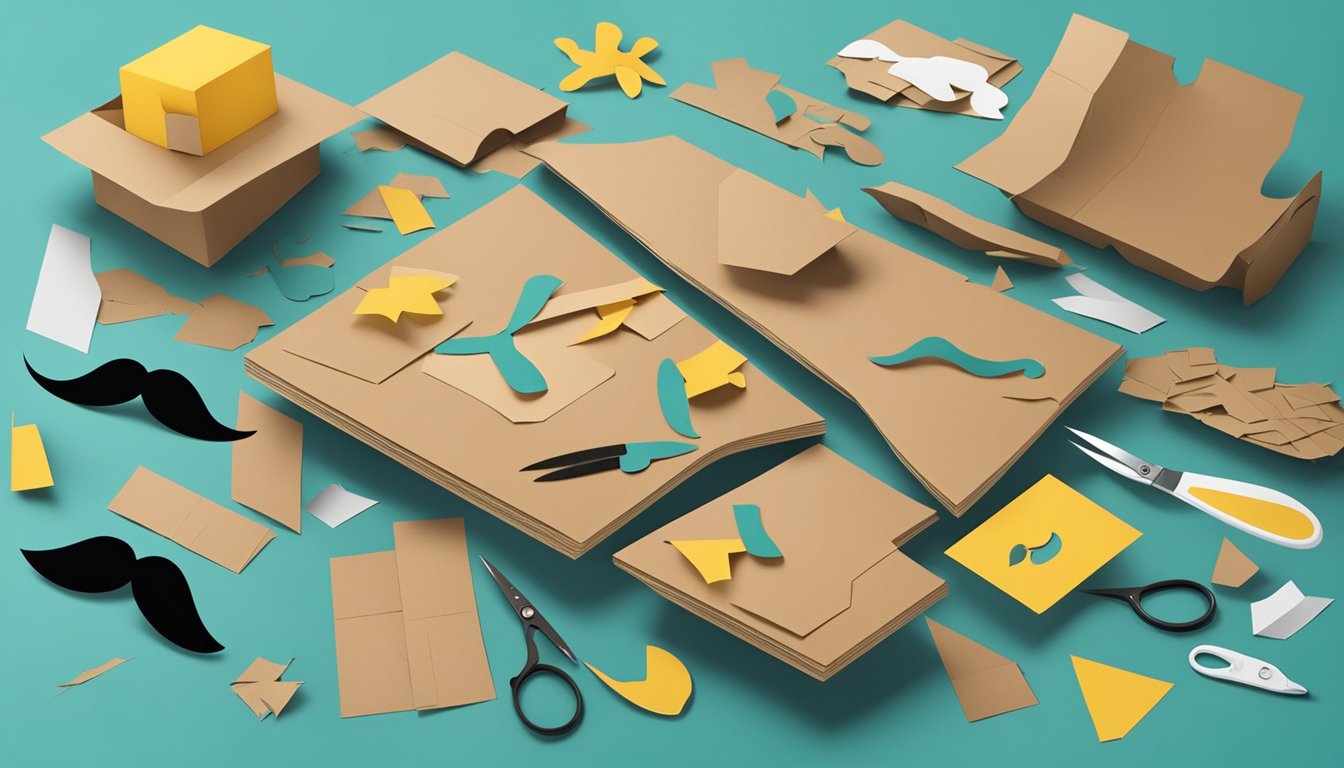
Cardboard mustaches are a quirky accessory that can add a touch of humor to any outfit. Not only are they a fun addition to any wardrobe, but they are also an excellent example of upcycling. By using materials that would otherwise be discarded, you can create a unique and personalized accessory that reflects your personal style.
Steps to Make a Cardboard Mustache
Making a cardboard mustache is a simple and easy process that requires only a few basic materials. Here are the steps to make your own cardboard mustache:
- Gather your materials: cardboard, scissors, paint, tape, and glue.
- Draw the shape of your mustache onto the cardboard and cut it out with scissors.
- Use paint to decorate your mustache with the design of your choice.
- Once the paint is dry, use tape to attach a stick to the back of your mustache.
- Hold your mustache up to your face and adjust the stick as needed to ensure a comfortable fit.
Decorating Your Mustache
Once you have created your cardboard mustache, you can further personalize it by adding additional decorations. Here are some ideas for decorating your mustache:
- Use glitter glue to add some sparkle to your mustache.
- Use markers or paint to add designs or patterns to your mustache.
- Use fabric or ribbon to create a bow tie or other accessory to complement your mustache.
Upcycling for Events
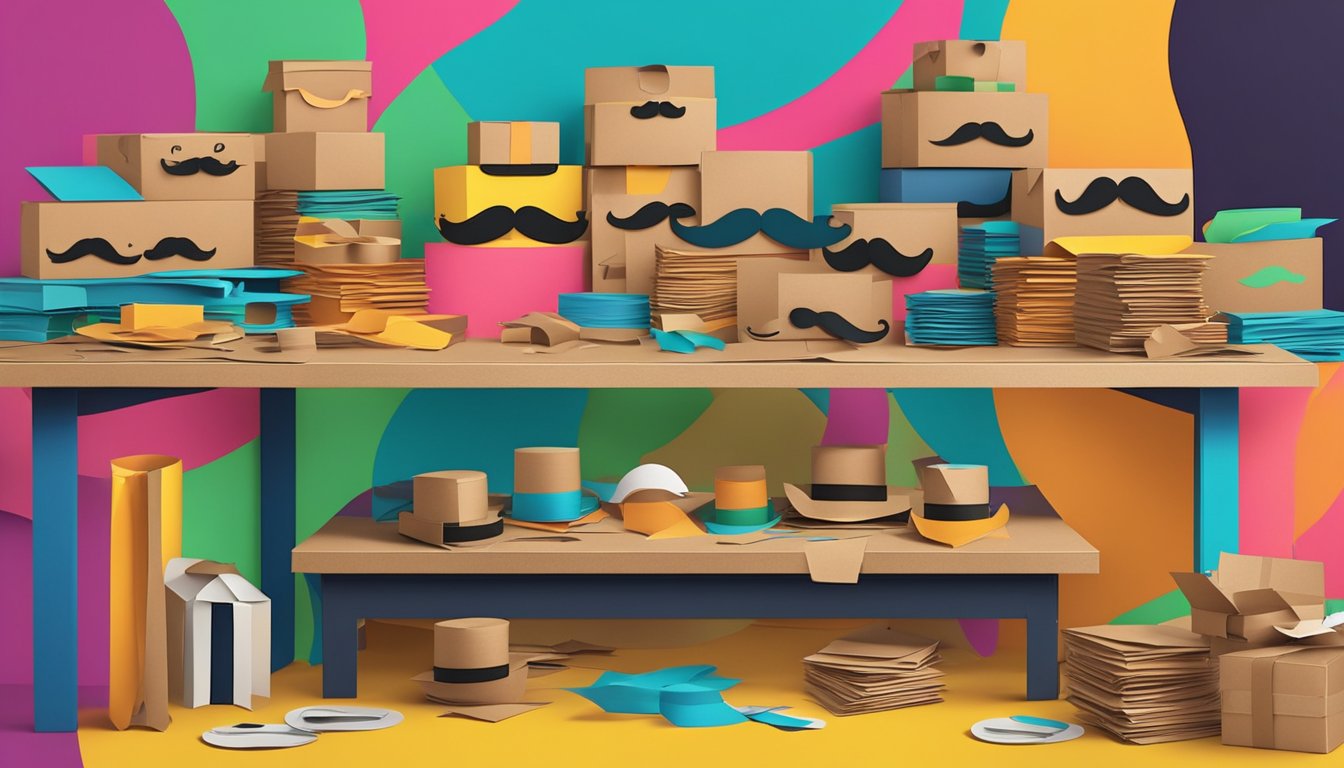
Upcycling is a great way to add an eco-friendly touch to any event while also creating unique and memorable decor. Cardboard mustaches are a fun and easy way to incorporate upcycling into any event, from weddings to corporate events.
Cardboard Mustaches at Parties
Cardboard mustaches are a hit at parties and social events, especially when used in a photo booth. Guests can choose from a variety of mustache styles and have fun taking photos with their friends.
These mustaches are easy to make and can be customized to fit any party theme or color scheme.
Memorable Upcycled Decor
In addition to cardboard mustaches, there are many other ways to incorporate upcycling into event decor. For example, old bottles and jars can be turned into unique centerpieces by adding flowers or other decorations. Wooden pallets can be repurposed into tables or seating areas.
These upcycled decor items not only add a personal touch to an event, but they also help reduce waste and promote sustainability.
Sustainable Lifestyle Choices
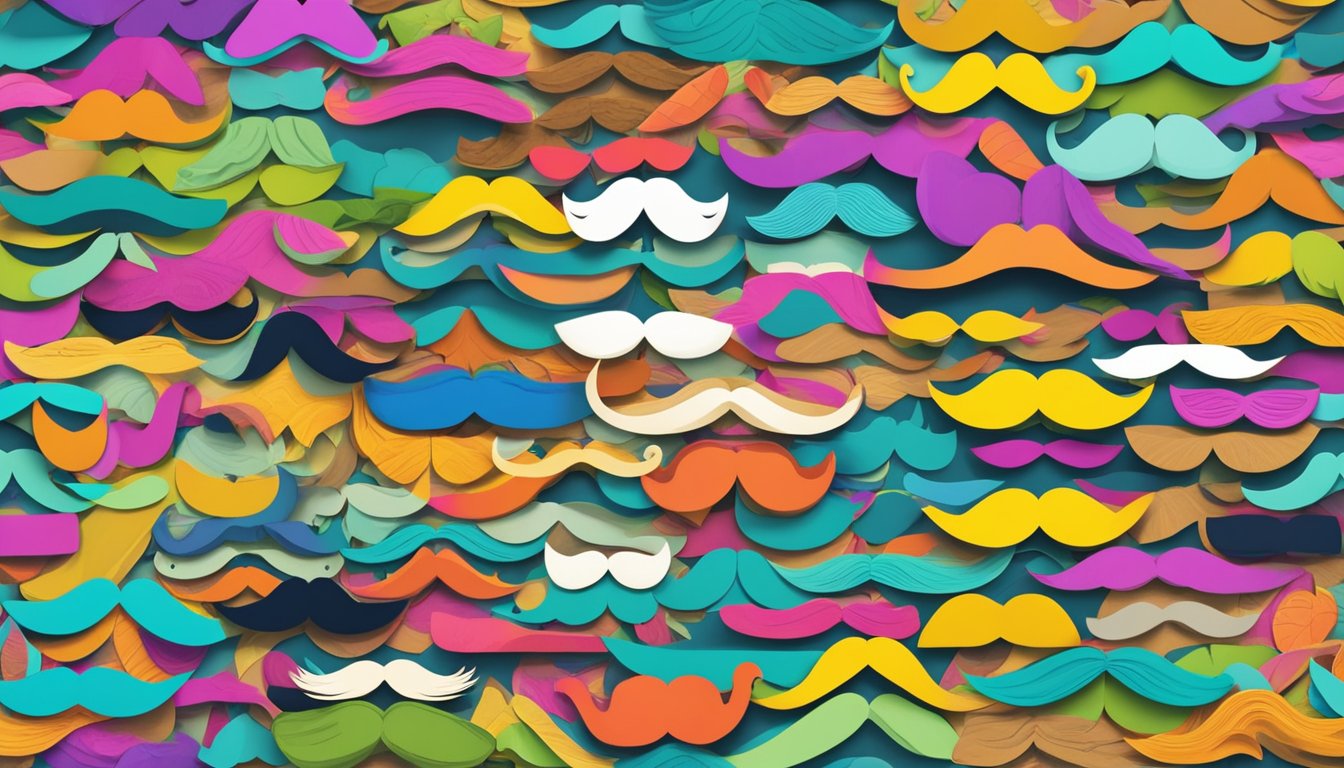
Living a sustainable lifestyle is all about making conscious choices that have a positive impact on the environment. One way to do this is by upcycling, which involves repurposing old and discarded items into something new and useful.
By upcycling, you can reduce waste and give new life to items that might otherwise end up in a landfill.
Shopping Secondhand
One of the easiest ways to embrace a sustainable lifestyle is by shopping secondhand. Thrift stores and yard sales are great places to find gently used clothing, furniture, and other items at a fraction of the cost of buying new.
By buying secondhand, you’re not only saving money, but you’re also reducing the demand for new products, which helps to reduce the environmental impact of manufacturing.
Repurposing with Purpose
Another way to upcycle is by repurposing items you already have. For example, an old cardboard box can be turned into a stylish storage container by covering it with fabric or wallpaper.
Old jars can be used to store small items like buttons or spices, or turned into unique candle holders. The possibilities are endless, and repurposing with purpose is a great way to get creative and reduce waste at the same time.
Inspiring Creativity

Cardboard mustaches are not only a fun and playful accessory, but they also serve as a great example of upcycling and the art of repurposing materials. By using cardboard, a material that is often discarded and overlooked, individuals can create unique and personalized mustaches that reflect their personal style and creativity.
Upcycling in Education
Cardboard mustaches can be a great tool for educators to incorporate into their lesson plans. By introducing upcycling and sustainability concepts to students, they can learn to think creatively and repurpose materials in innovative ways.
Teachers can use cardboard mustaches as a fun and engaging project for students to work on, encouraging them to think outside of the box and create something unique.
Community Projects
Cardboard mustaches can also be used in community projects as a way to promote personal expression and creativity.
By hosting a cardboard mustache-making workshop, individuals can come together to create a fun and playful atmosphere while also repurposing materials that might have otherwise gone to waste. These projects can be a great way to bring people together and promote a sense of community.
Conclusion
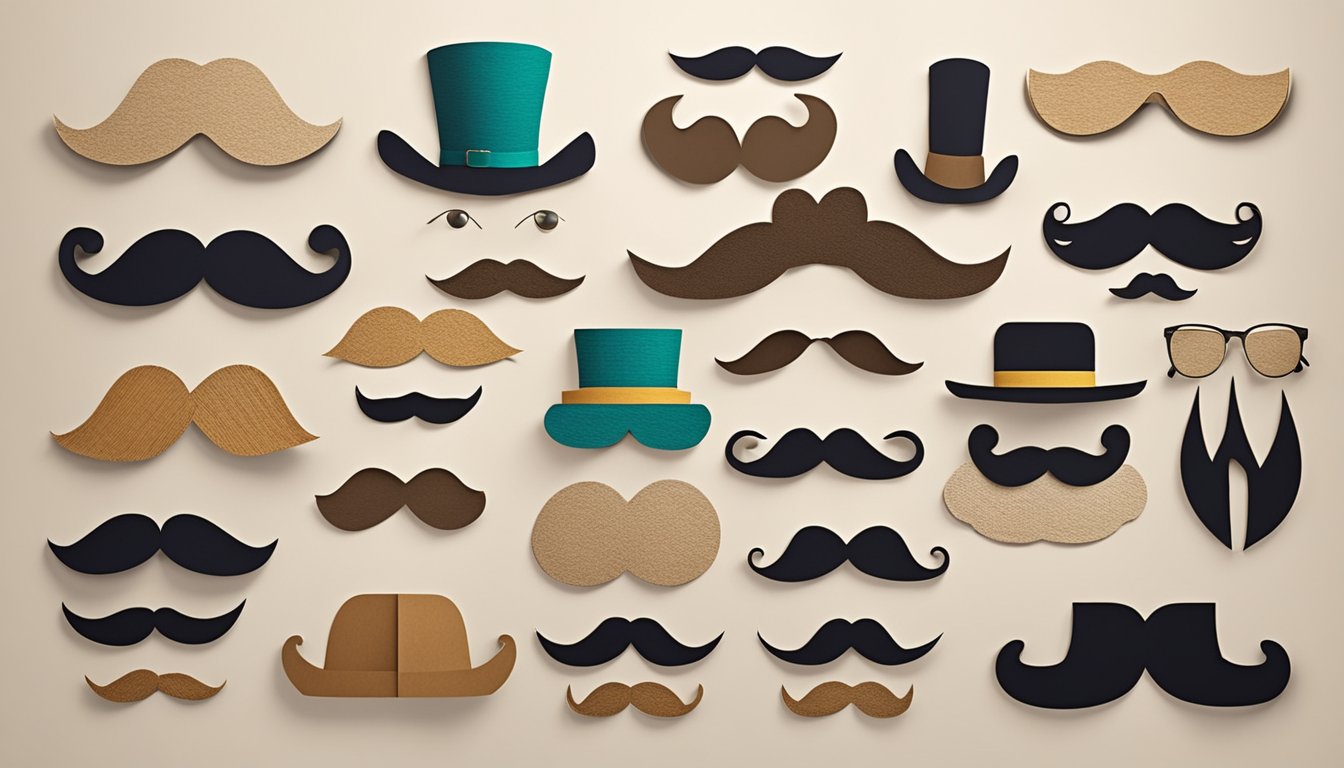
Cardboard mustaches are a great example of upcycling, a process that transforms waste materials into new products of higher value. By using cardboard, a material that is often discarded after one use, to create fun and quirky mustaches, the art of upcycling is taken to a whole new level.
The Future of Cardboard Upcycling
As society becomes more aware of the need for sustainability, upcycling is becoming increasingly popular. Cardboard is a versatile material that can be used for a variety of creative projects, from furniture to art installations.
By using cardboard in innovative ways, artists and designers can inspire others to think outside the box and find new ways to reuse materials.
The creative vision behind cardboard mustaches is a great example of how inspiration can come from unexpected sources.
By taking something as simple as cardboard and transforming it into a fun and playful accessory, artists and designers are showing that even the most mundane materials can be used to create something unique and beautiful.
In conclusion, cardboard mustaches are a great example of the art of upcycling and the creative vision that can come from using sustainable materials. As society becomes more aware of the need for sustainability, upcycling will continue to gain popularity, and cardboard will remain a versatile and valuable material for artists and designers.



